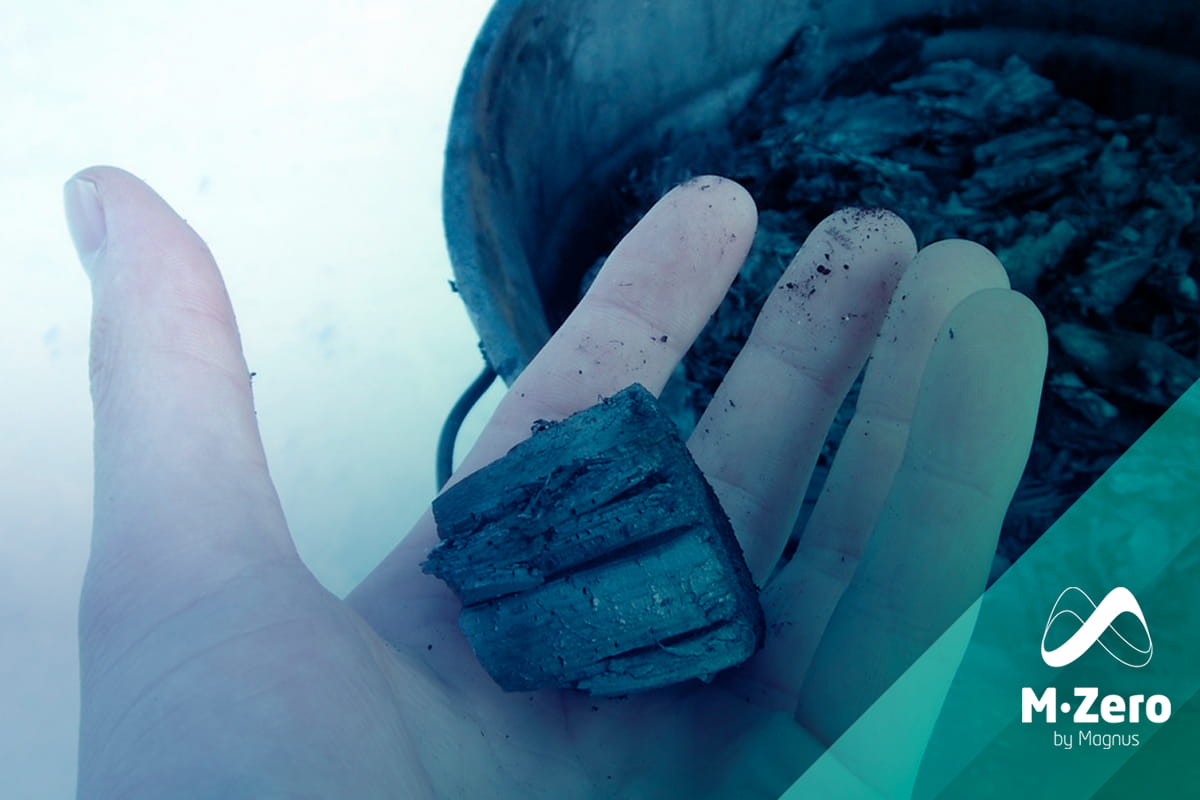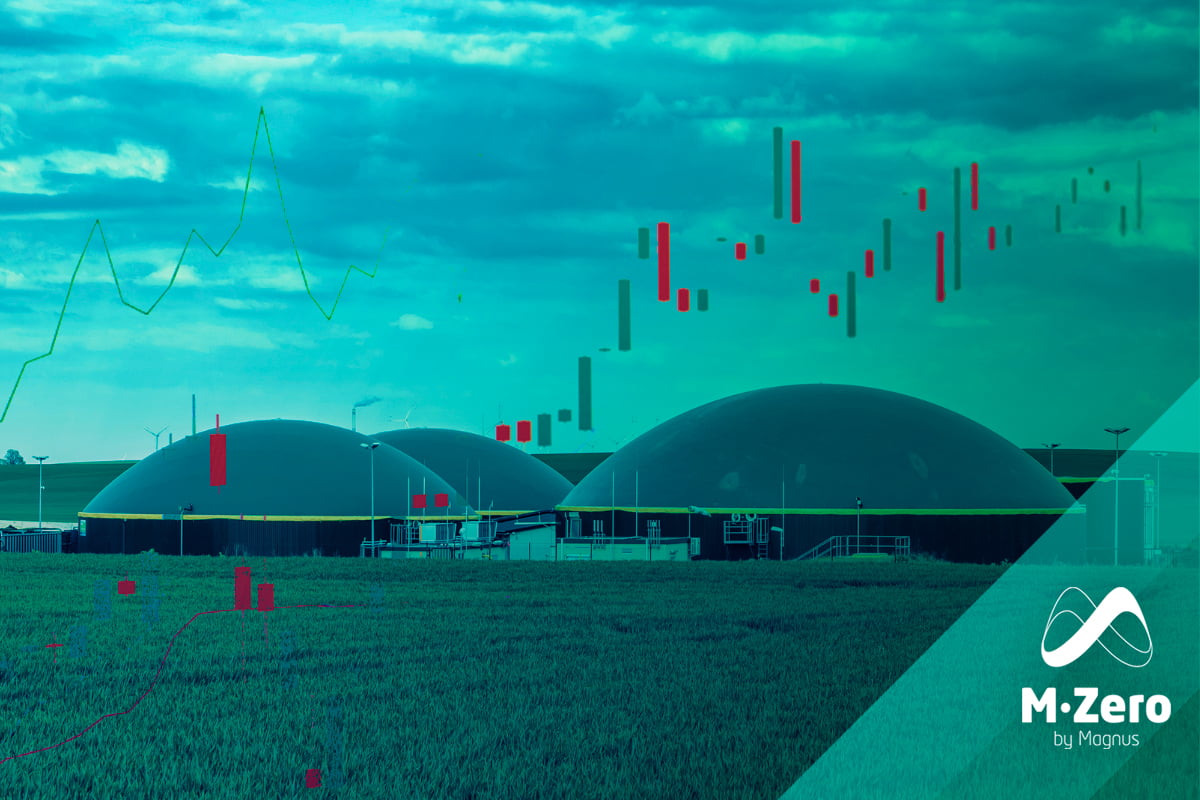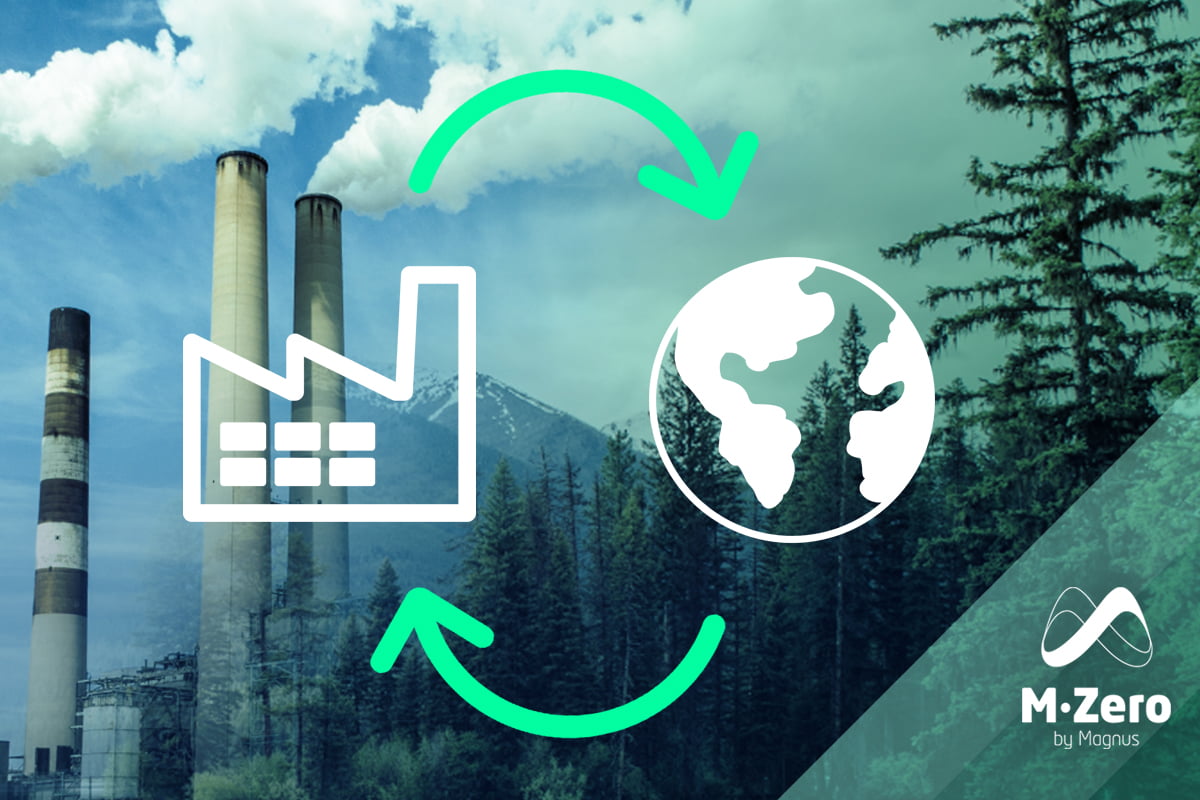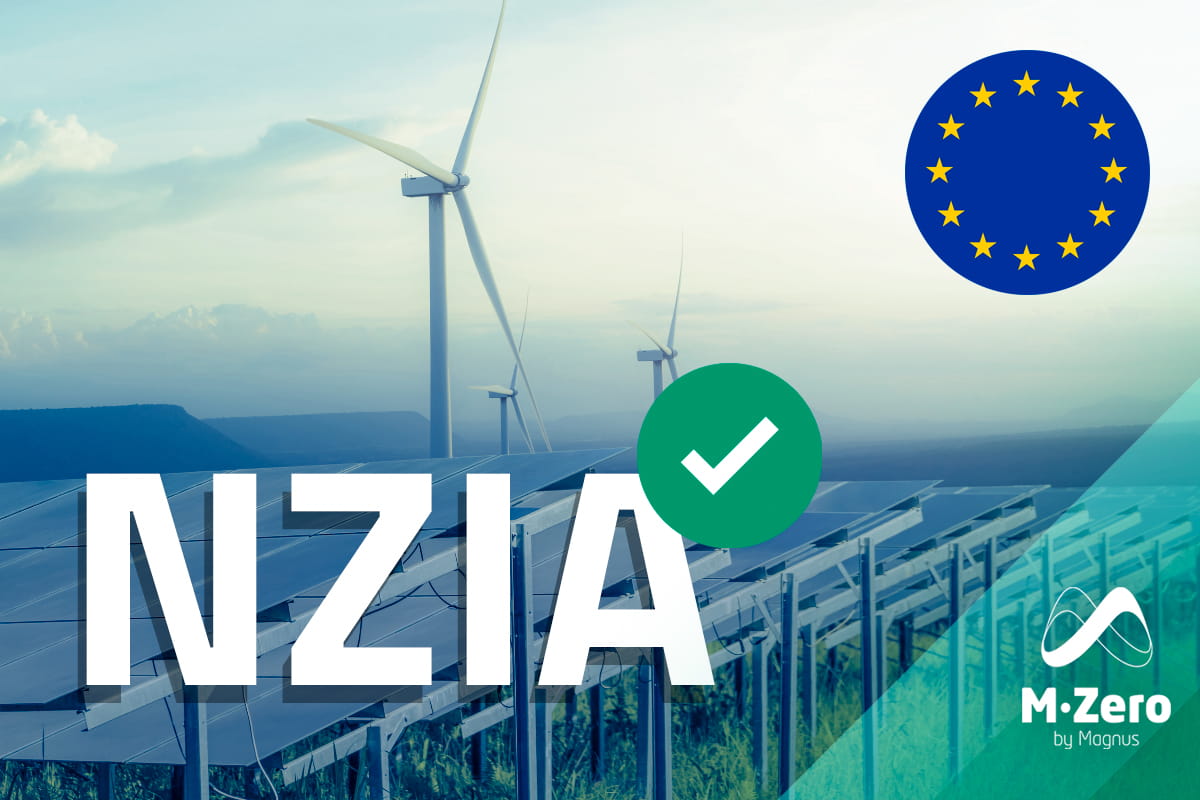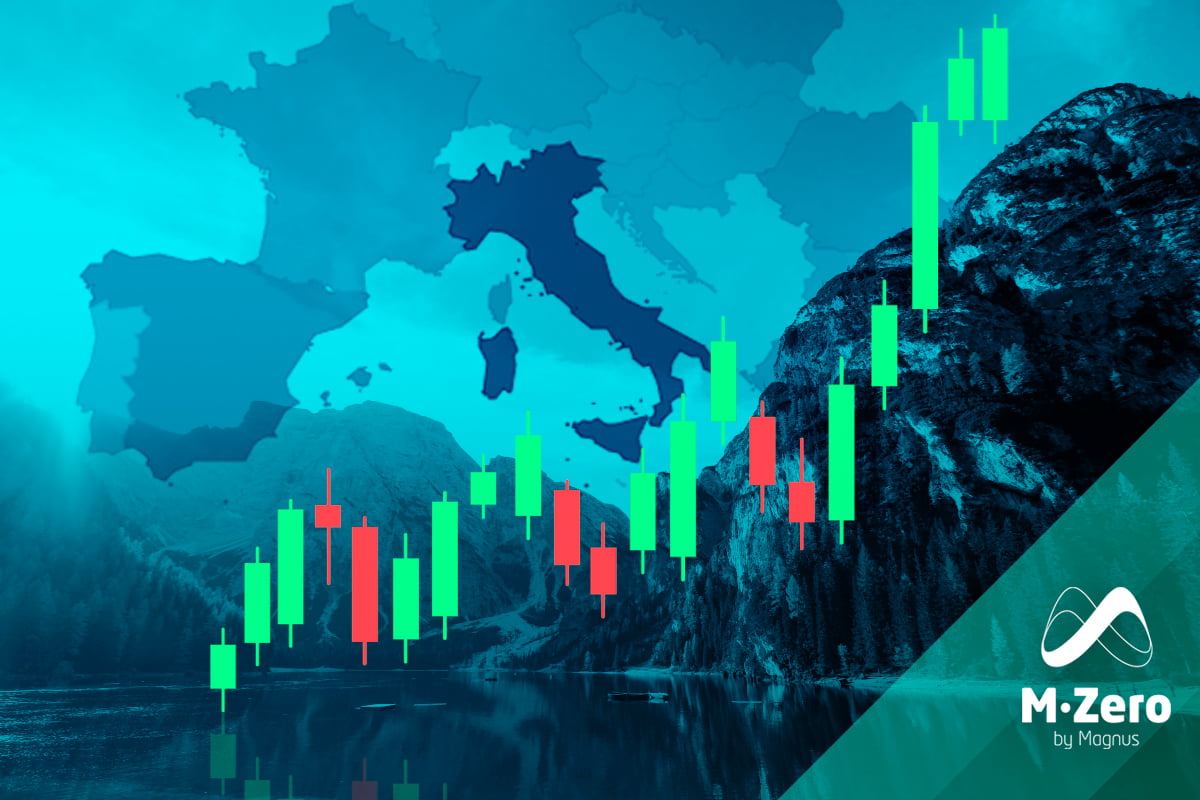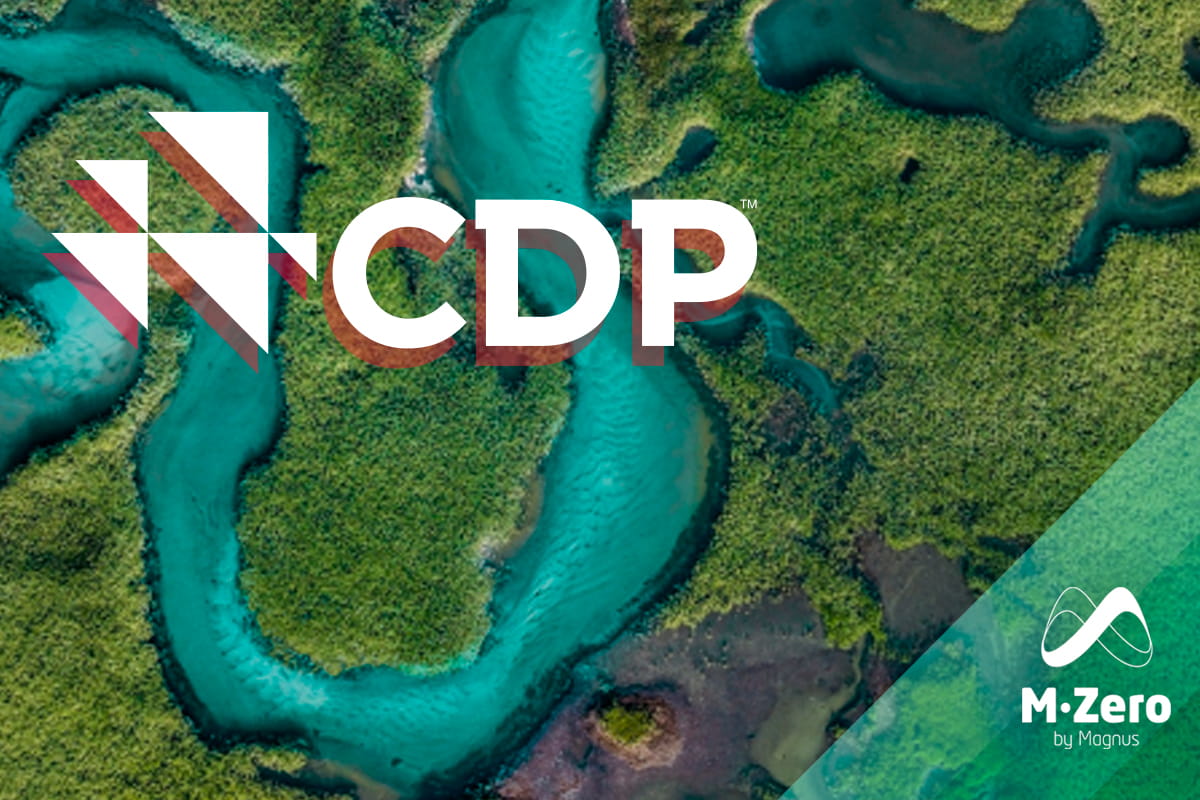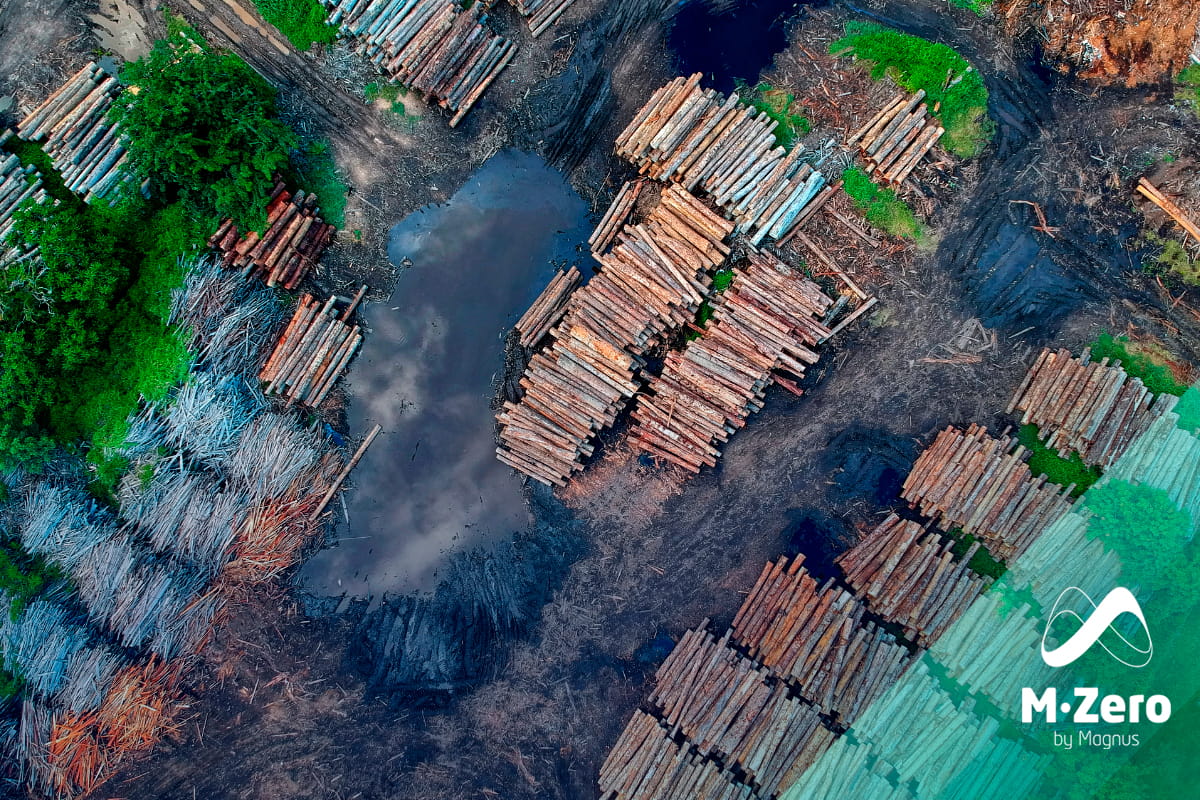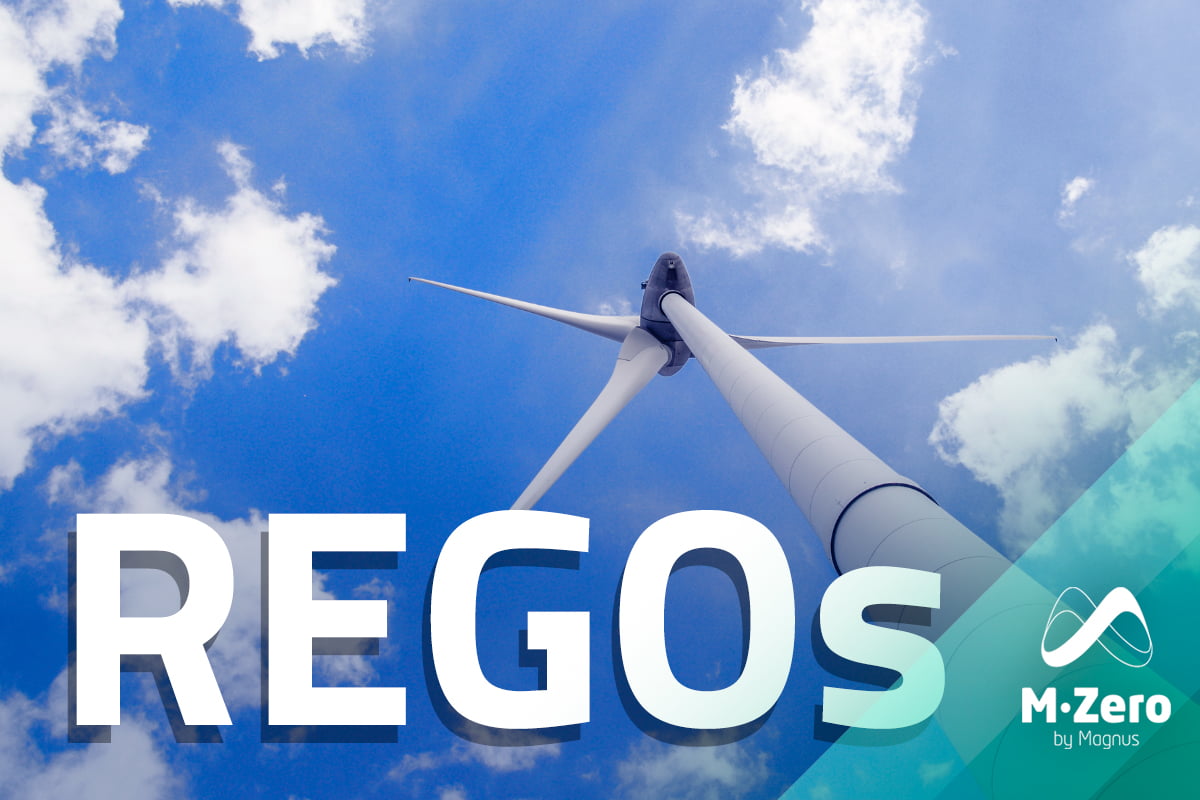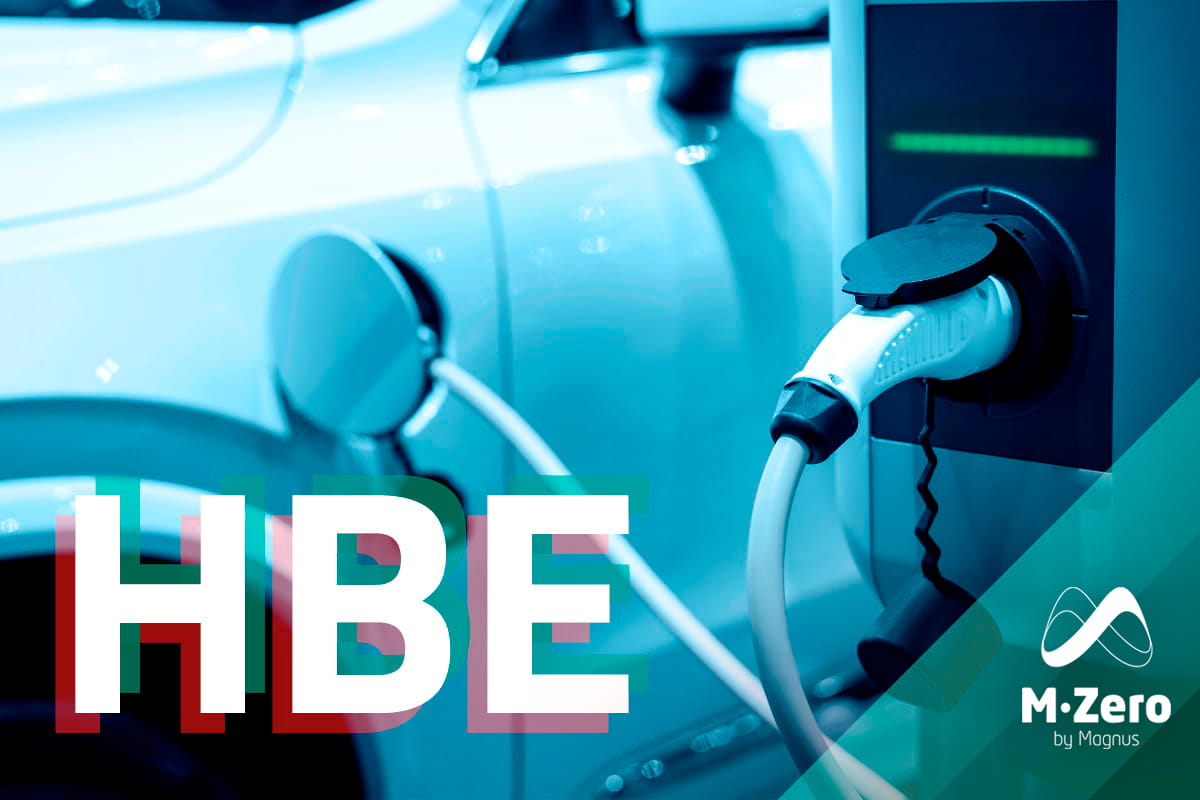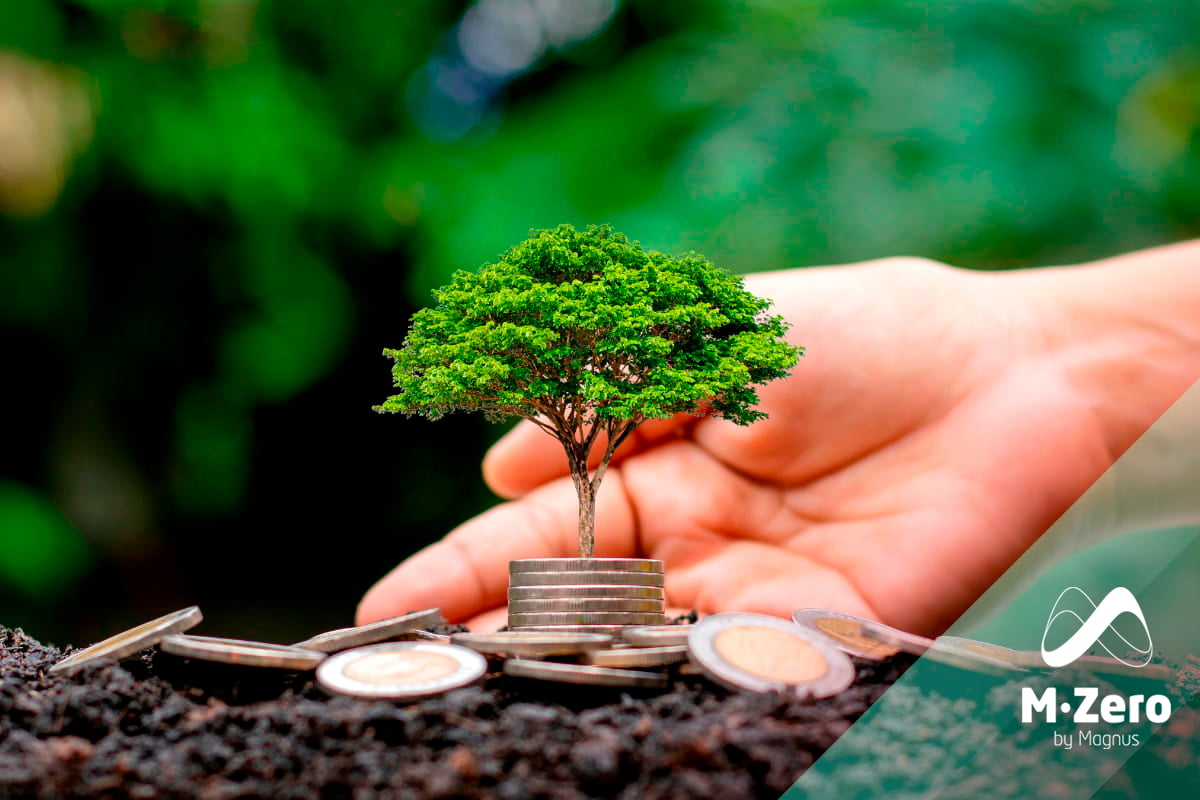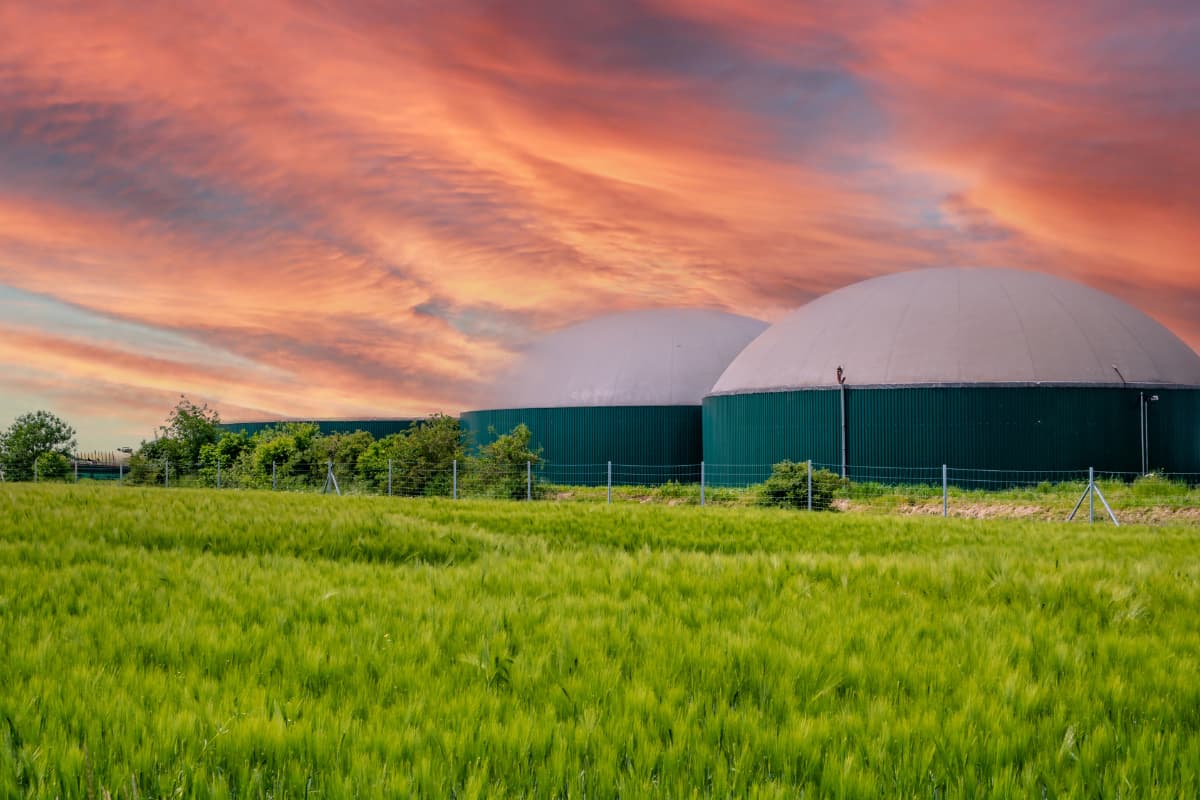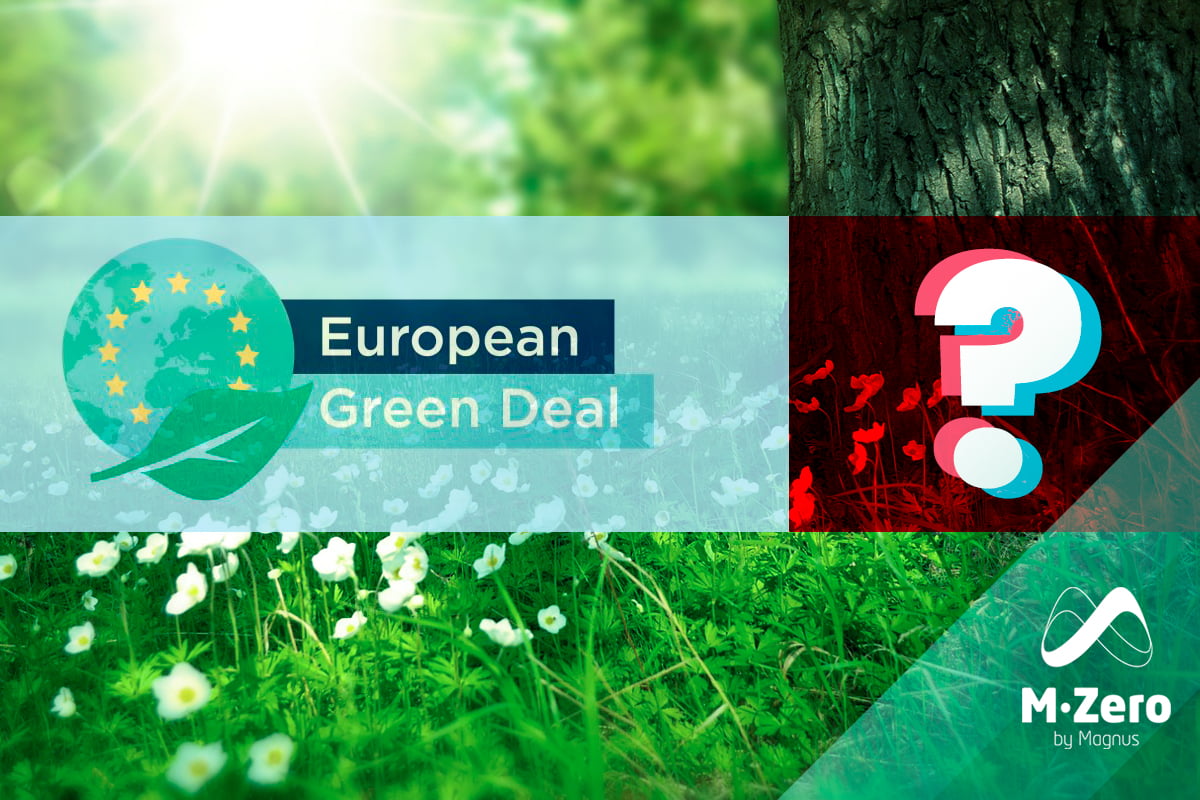
With a firm ambition to reach climate neutrality by 2050, European Commission President Ursula Von der Leyen launched her mandate in charge of the European Commission in 2019 to great fanfare. Her flagship European Green Deal created a legal commitment for the EU and its Member States to become the first net-zero continent by 2050.
What does the Green Deal mean for Europe?
The Green Deal was implemented by the current administration to help Europe transition into a resource-efficient economy and tackle climate change, reduce dependency on fossil fuels, increase food security and ultimately, generate net-zero carbon emissions by 2050.
The Green Deal orchestrated a raft of goals and proposals to revise and create new laws targeting emission reduction efforts across all sectors with intermediate targets set for 2030.
The majority of these proposals have now been agreed and are in the process of being transposed at national level, a huge success for Von der Leyen and the Commission.
However…
Fast forward to 2024, the European Green Deal might be under threat. Following the succession of several crises such as the COVID-19 pandemic, the Russian invasion of Ukraine and the subsequent energy crisis, disagreement on the speed of Europe’s climate transition is fueling the rise of far-right parties in Europe at the expense of the Greens that are now drawing less support from voters.
This has led to the dilution or, in some cases, cancellation of legislative initiatives, and the implementation of the Green Deal has often been hampered, mainly due to insufficient political commitment to integrate climate objectives into other policies (particularly those affecting the agricultural and chemical sectors).
Challenges for the next mandate
With the European elections, scheduled for 6–9 June 2024, just around the corner and the subsequent appointment of a new European Commission, the next phase of the European transition to climate neutrality is about to begin. Implementation is one element of getting these files off the ground, and money will also be very important to boost the deployment of technologies and ensure the ambitious climate targets can be achieved.
Therefore, through the upcoming mandate, some legislation will need to be put in march or revised, and some Members of the European Parliament may use this as an opportunity to press pause on some of the more contentious targets.
These are some of the key challenges that lie ahead in the near future to ensure an effective implementation of the European Green Deal:
Implementation of the Fit for 55 Package: the majority of the EU’s new climate laws need to be transposed into national law by EU Member States. New regulations like the Renewable Energy and Energy Efficiency Directive, the Carbon Border Adjustment Mechanism and Net Zero Industry Act should, if successfully enforced, drive European production of key and new clean technologies with the support of foreign producers and importers.
European Climate Law: With targets set in stone for 2030 and 2050, EU Member States will need to agree on a new interim target for 2040. After the publication of the 2040 climate target communication in February 2024 which favored a 90% target for 2040, the Commission will come forward with a legislative proposal revising the existing European Climate Law in the first half of the new mandate.
Industrial Carbon Management: The Commission showed their support for Carbon Capture, Utilization and Storage with the publication of their communication on in February 2024, but more concrete proposals should be tabled during the next mandate
Ecodesign Regulation: For the circular economy, progress has been achieved by the Commission by creating a new blueprint for circularity in product design. Products like textiles and furniture will all face tough new design and information requirements
EU Deforestation Regulation: This recent regulation sets due diligence requirements on the producers of commodities linked to deforestation and forest degradation and will start to apply at the end of the current year.
Greenwashing: The new directive that seeks to make product labelling clearer and more trustworthy and is meant to work together with the Green Claims Directive, is now waiting for its final approval from the Council and should will apply from 27 September 2026.
Currently, the implementation process of all these regulations is still highly politicized, which tends to create a generally negative narrative of what the green transition entails. However, climate change is a global issue and the urgency to act in accordance with the 2015 Paris Agreement and limit the increase of the global temperature to 1.5°C by the end of this century is continuously reiterated.
Therefore, ultimately, policymakers cannot ignore the continuation of the European Green Deal agenda because without emission reductions, the EU will not reach its ambitious climate goals and the pressure from different stakeholders, civil society actors and citizens remains high.
So, no doubt we will see some movement in the next term of the European Commission, but the big question is: will the climate goals be the big priority and will we see a reduction in bureaucracy over the introduction of more climate-friendly laws?
Prisicila Scheel | Decarbonization Head
If you found it interesting, please share it!
Recent Articles






